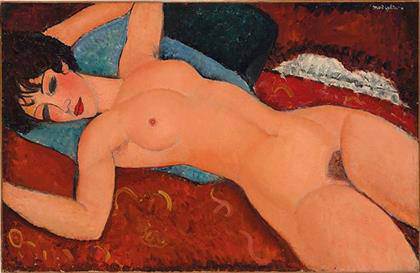
Crown of the Virgin of the Immaculate Conception
known as the Crown of the Andes
www.metmuseum.org
Metropolitan Museum acquires the ‘Crown of the Andes’ The Metropolitan Museum of Art has acquired the ‘Crown of the Andes’, a rare and lavish example of goldsmith’s work from Colonial Spanish America.]]>
December 7th, 2015, source: Metropolitan Museum of Art
Thomas P. Campbell, Director and CEO of The Metropolitan Museum of Art, announced that one of the most important examples of goldsmith’s work from colonial Spanish America —a magnificent 17th- to 18th-century repoussé and chased gold crown with 443 emeralds— has been acquired by the Museum. The richly ornamented Crown of the Virgin of the Immaculate Conception, known as the “Crown of the Andes,” takes the form of a diadem encircled by vinework set with emerald clusters in the shape of flowers, topped by imperial arches and a cross-bearing orb. Made to adorn a statue in the cathedral of Popayán in the Spanish viceroyalty of New Granada (now Colombia), the crown represents one of the most distinctive artistic achievements of a region whose wealth derived from the mining of gold and emeralds. It is on view at the Met in gallery 357.
Measuring 13-1/2 in. (34.3 cm) in height and 13-1/4 in. (33.7 cm) in diameter, the crown weighs 2.4 kg (5.3 pounds). It was constructed in two sections—the diadem first, in around 1660, and the arches second, around 1770. The estimated weight of the distinctive deep bluish-green emeralds is 846.15 carats, with the largest a 24-carat gemstone known as the “Atahualpa emerald.”
It was a common practice in the Spanish world to bestow lavish gifts, including jewels and sumptuous garments, on sacred images of the Virgin. Such gifts were used to petition for her intercession or to give thanks for it, and they point to an interrelationship between the prestige of an image, the magnitude of devotion to it, and the richness of its adornment.
Although a number of votive crowns from the colonial period survive in cathedral treasuries in Spanish America, few are of comparable size and quality. The “Crown of the Andes,” which has been privately owned in the United States since 1936, has only rarely been on public view.
Related content
Dallas Museum of Art organizes its first exhibition dedicated exclusively to Andean Art (news, 2015)
Follow us on:


